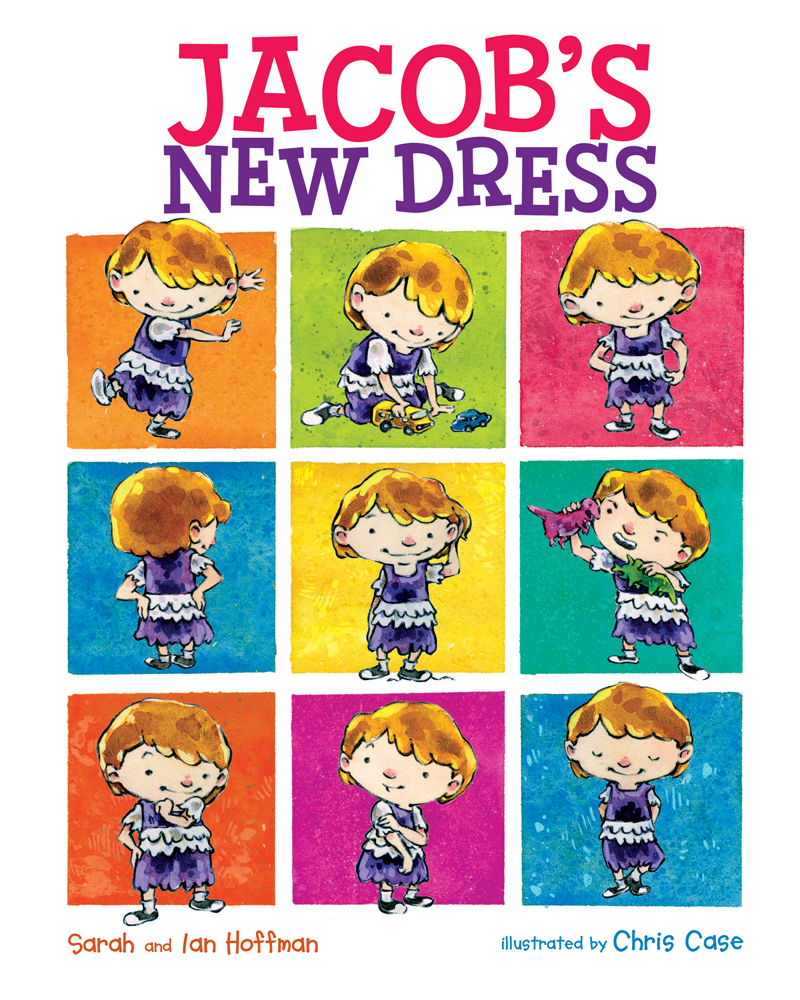Growing up as a child I never questioned or wondered who was behind the camera or writing aspect of the movie or program that I was watching. Sadly to say, I have grown to expect filmmakers to always be white males. Generally filmmakers were like Aaron Spelling old and white. It is sad to admit that I have grown accustom to these men always having control of what the viewers saw on television. Fast forward to today, times have surely change when it comes to the production of television. One of the creators who was responsible for helping to create that change is Shonda Rhimes.
Shonda Rhimes has started changing the look a television production entirely she has created a new era in television production as a female, and an entire outlook as a black female behind the screen, instead to create a complete different look on the screen by making black actresses center and leading roles. More and more women have been taking center stage in the directors/screen/producer role. As a black woman I am especially proud to see that one of these individuals is Shonda Rhimes. Miss Rhimes has made a name for herself not only because she is an excellent screenwriter/director/producer, but because she has broken the mold with excellent role that has placed black actresses at the forefront. Two of the highest and most successful shows on television today which is a written, produced, and directed by Shonda Rhimes are Scandal, and How to Get Away with Murder. The lead actresses in these roles are black actresses which is something that is hardly seen on television.
Growing up in Chicago Illinois Shonda was a great example from her parents who were both educated people. Her mother attended college while raising six children and earned her PhD. Her father a college professor. I guess with having such strong influences in her life give her a drive to also become educated and become something amazing and record breaking as a woman not to mention a black woman. Her susccess is still young ( she has only been doing this from 1995 to 2014) in comparison with other producers in the industry. Yet it is remarkable Ms. Rhimes is a screenwriter, director, & a producer. Rhimes is also best known as the Creator, the head writer, executive producer and show runner of the medical drama Grey's Anatomy, not to mention Shonda is named one of times magazines a hundred people who helped shape the world.
This makes me so proud that this generation of young girls, especially young black girls has a strong representation in the media. Rhimes has created an opening for women and minority woman as a whole. She is a great example to look up to. By her being in such a hard and creative industry as television, she is shaping all the little girls out there to believe in themselves, and that they can be anything that they put their minds to. She makes the impossible look effortless.
Shonda Rhimes career in film and media continues to grow as she keeps creating these remarkable shows. She has won countless this awards and she keeps creating high rated hit shows that keeps the audience wanting more. To me and countless other woman, she is a true inspiration, someone to look up to, to aspire to being. She is a black female. As a black woman, this makes her work and success even more profound and admirable. She makes women, especially black women realize that the dream of being on television is possible.



.jpg)





























